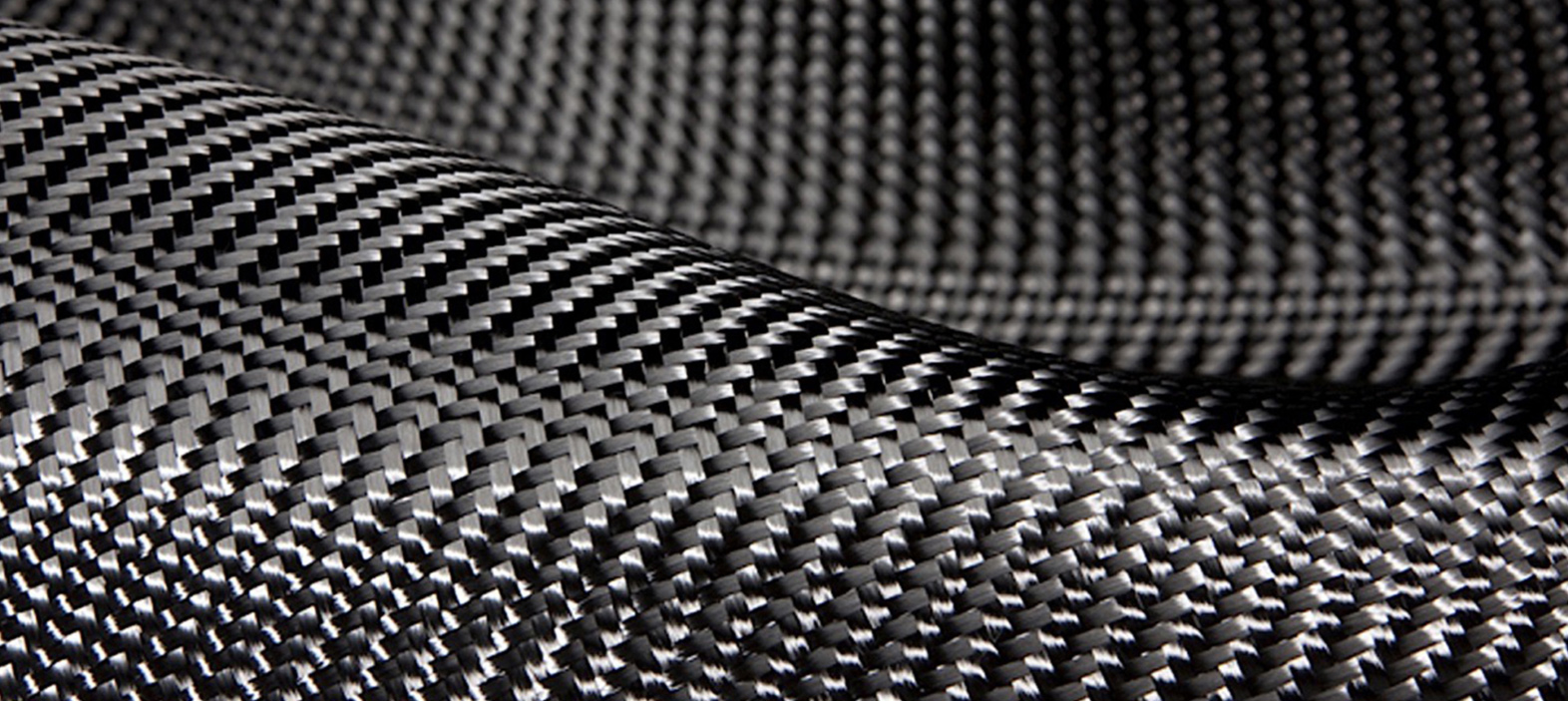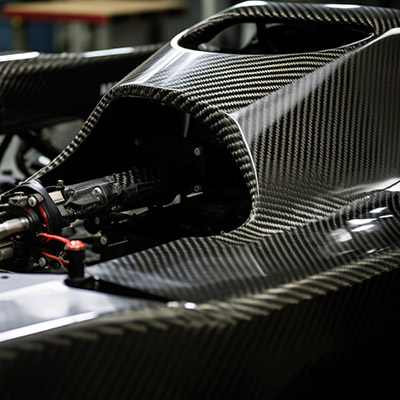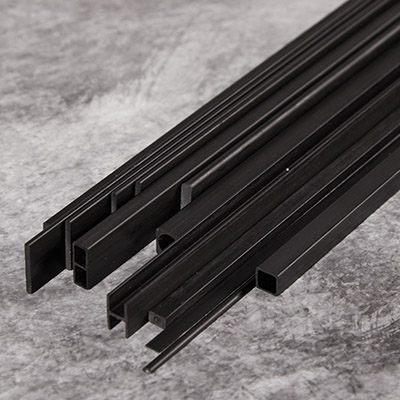
Introduction to Isotropy, Quasi-Isotropy and Anisotropy
👁 Reads: 1921
The properties and behavior of materials are determined by the structure and arrangement of their constituent parts. Understanding these structures is essential in predicting and controlling the performance of materials, especially in engineering applications. In this article, we will introduce the concepts of isotropy, quasi-isotropy, and anisotropy, and explore their significance in the field of carbon fiber composites.
Isotropy
Isotropy refers to the property of a material that exhibits uniform properties in all directions. In other words, a material is isotropic if its properties are the same in every direction. This property is essential in the development of materials with uniform behavior and predictable performance.
For example, a homogeneous cube of steel is an isotropic material because its properties are the same in every direction. Similarly, the mechanical and thermal properties of a carbon fiber composite will be isotropic if the fibers are randomly oriented within the matrix.
Quasi-Isotropy
Quasi-isotropy is a term used to describe materials that exhibit properties that are close to being isotropic. In these materials, the properties may vary slightly in different directions, but they still display a high degree of uniformity. Quasi-isotropy is common in composite materials, where the fibers are aligned in a specific direction but not perfectly.
For example, a carbon fiber composite that is made with fibers aligned at a specific angle is considered to be quasi-isotropic. Although the properties of the material are not the same in all directions, they are still relatively uniform and predictable.
Anisotropy
Anisotropy refers to the property of a material that exhibits properties that are different in different directions. In other words, a material is anisotropic if its properties vary in different directions. Anisotropy is common in composite materials, where the fibers are aligned in a specific direction and the properties of the material are significantly different in that direction.
For example, a carbon fiber composite made with fibers aligned in a specific direction will exhibit anisotropy. The properties of the material will be different in the direction of the fibers than they will be in a direction perpendicular to the fibers.
The Significance of Isotropy, Quasi-Isotropy and Anisotropy in Carbon Fiber Composites
The concept of isotropy, quasi-isotropy, and anisotropy is of particular significance in the field of carbon fiber composites. The properties of these materials are determined by the arrangement of the fibers within the matrix, and the alignment of the fibers has a significant impact on the properties of the material.
Carbon fiber composites are commonly used in the aerospace and automotive industries because of their high strength-to-weight ratio, stiffness, and low thermal expansion. In these applications, the orientation of the fibers is carefully controlled to achieve specific properties. For example, a carbon fiber composite used in the construction of aircraft wings will have fibers aligned in the direction of the wing to provide maximum strength and stiffness.
A carbon fiber manufacturer must consider the orientation of the fibers when producing composites for specific applications. If the fibers are randomly oriented, the material will be isotropic, and its properties will be the same in all directions. If the fibers are aligned in a specific direction, the material will be anisotropic, and its properties will be different in that direction. If the fibers are aligned at a specific angle, the material will be quasi-isotropic, and its properties will be relatively uniform in all directions.
Conclusion
In conclusion, isotropy, quasi-isotropy, and anisotropy are important concepts in materials science and engineering, and they have significant implications for the development and use of carbon fiber composites. Understanding these concepts is essential for engineers and manufacturers to optimize the properties and performance of carbon fiber composites for specific applications.
Carbon fiber composites are increasingly used in high-performance applications due to their combination of high strength, low weight, and stiffness. The alignment of the fibers within the composite matrix is a crucial factor in determining the properties of the material. A carbon fiber composite with fibers aligned in a specific direction will exhibit anisotropy, while a composite with fibers aligned at a specific angle will exhibit quasi-isotropy. On the other hand, a composite with randomly oriented fibers will exhibit isotropy.
The properties and behavior of carbon fiber composites are directly related to the structure and arrangement of the fibers within the matrix. A carbon fiber manufacturer must consider the concept of isotropy, quasi-isotropy, and anisotropy when producing composites for specific applications to ensure optimal performance and reliability.





